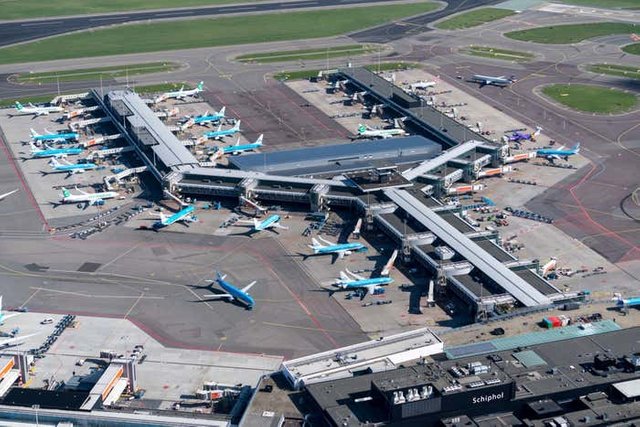More than 50 million people living near airports in Europe may be at risk of health impacts from a little-studied form of air pollution produced at high levels by aircraft engines.

The health of more than 50 million people living within 20 kilometres of the busiest airports in Europe is being harmed by high levels of ultrafine air pollution emitted by jet engines, according to a study commissioned by the campaign group Transport & Environment (T&E).
Some other studies suggest that ultrafine particles can increase the risk of respiratory diseases, cardiovascular diseases, neurological conditions, diabetes and pregnancy issues. Daan van Seters at consultancy CE Delft in the Netherlands states that ultrafine pollution is a little-studied aspect of air pollution and there are big uncertainties. He mentions, “The research in this area is scarce and evidence is often not conclusive.”
Jet engines produce more ultrafine particles than other kinds of engines do, so people living or working near airports are most likely to be exposed to this form of air pollution. However, there are no effective limits on their levels.
While ultrafine particles are a form of PM2.5, the limits for PM2.5 are for the total mass of particles per cubic metre of air. Because ultrafine particles are so small, there can be huge numbers per cubic metre without exceeding PM2.5 limits.
What we have is mostly local studies around individual airports: Zurich, Amsterdam, Berlin, Los Angeles,” he says. “We don’t have a comprehensive view. That’s one of the main reasons why we decided to launch this study.”
To estimate the Europe-wide impact, van Seters and his colleagues first estimated the levels of ultrafine pollution around the continent’s 32 busiest airports, based on numbers from the studies of individual airports. The team assumed that ultrafine pollution rises linearly with the number of flights and didn’t consider wind patterns.
Next, based on studies looking at its health impacts, the researchers estimated that ultrafine pollution near the 32 airports has caused an extra 280,000 cases of high blood pressure, 330,000 cases of diabetes and 18,000 cases of dementia over the years.
In terms of exposed populations, Orly Airport near Paris tops the list, with more 6 million people living within 20 kilometres of it. London’s Heathrow Airport is fourth, with more than 3 million people nearby.
There are several ways of reducing ultrafine pollution levels. For instance, it's possible to modify jet fuels – for instance, by reducing the sulfur content – to reduce ultrafine particle emissions. So-called “sustainable aviation fuels” (SAF) also produce less ultrafine pollution.
Limiting airport expansion and flight numbers, and encouraging alternative forms of transport, would help – and also limit the climate impacts of flying.